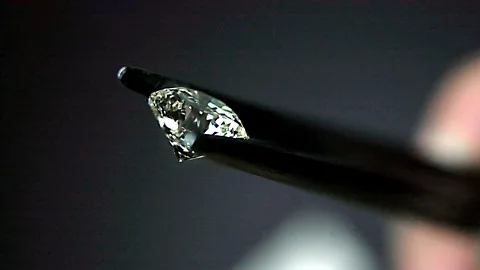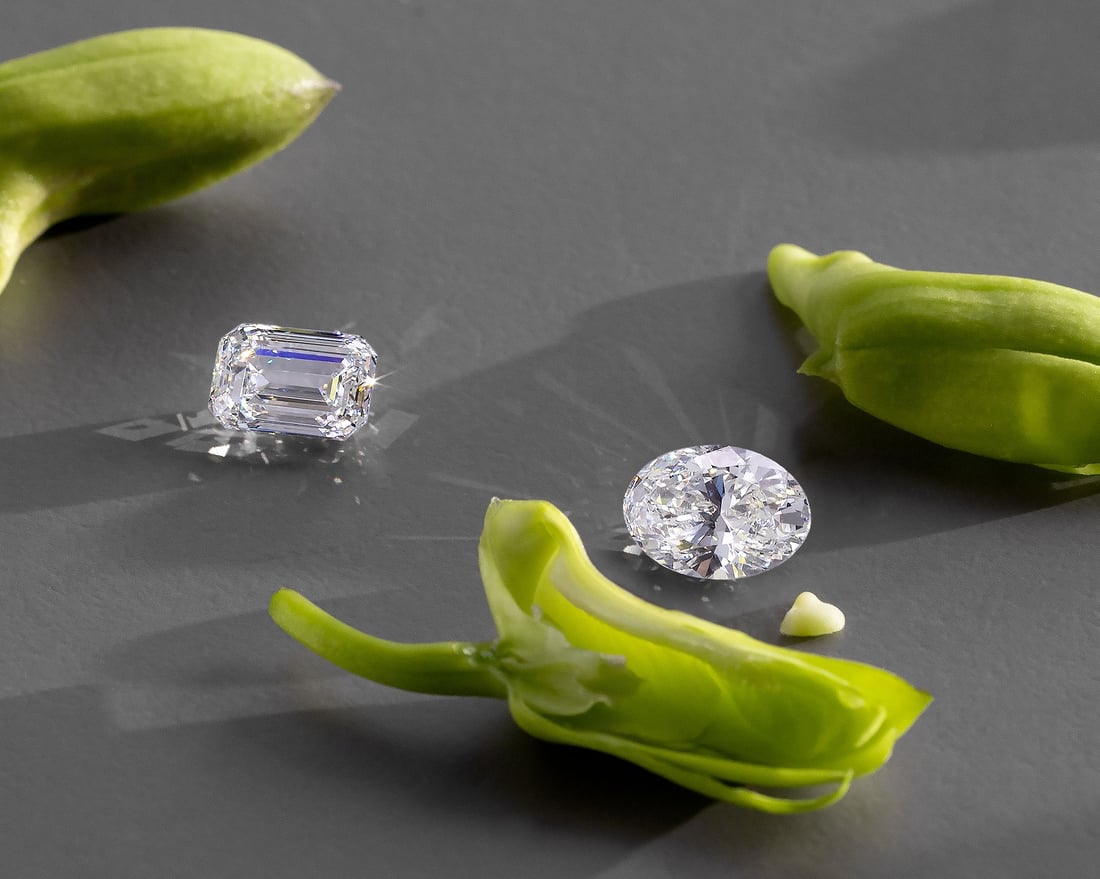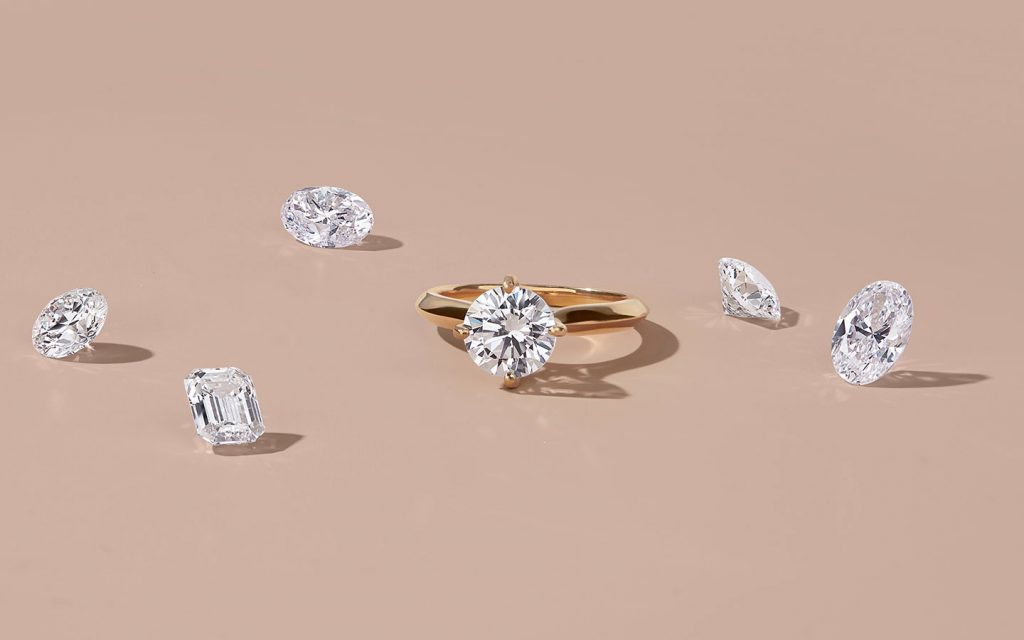Lab diamond rings are rapidly gaining popularity as an ethical and cost-effective alternative to natural diamonds. Whether you are considering a lab-created diamond for an engagement ring or a fashion accessory, this guide will help you understand everything you need to know about these dazzling stones.
What Are Lab-Created Diamonds?
Lab diamond rings guides, also known as synthetic or cultured diamonds, are chemically, physically, and optically identical to natural diamonds. They are produced in a controlled environment using advanced technology that mimics the natural diamond formation process. Unlike diamond simulants such as cubic zirconia and moissanite, lab-created diamonds have the same crystal structure and brilliance as mined diamonds.
Why Choose Lab Diamond Rings?
There are several compelling reasons to choose lab diamond rings over mined diamonds. Here are some of the key benefits:
- Ethical sourcing – Lab diamonds are conflict-free and do not contribute to unethical mining practices.
- Environmental impact – The production of lab diamonds requires significantly less energy and water than traditional diamond mining.
- Cost-effectiveness – Lab diamonds typically cost 30-50% less than their natural counterparts while offering the same quality.
- Customization options – Since they are grown in controlled conditions, lab diamonds can be tailored for specific cuts, colors, and clarities.
- High quality – Many lab-created diamonds are virtually flawless due to the precise conditions in which they are produced.
How Lab Diamonds Are Made
There are two main methods for creating lab diamonds:
High-Pressure High-Temperature (HPHT)
HPHT simulates the natural conditions under which diamonds form in the Earth’s mantle. This method involves placing a small diamond seed in a carbon source and subjecting it to intense heat and pressure, causing the carbon to crystallize and grow into a larger diamond.
Chemical Vapor Deposition (CVD)
CVD involves placing a diamond seed in a chamber filled with carbon-rich gas. The gas is heated, breaking down carbon molecules that settle on the seed and gradually form a diamond layer. This method allows for more controlled growth and the production of high-purity diamonds.
How to Choose the Best Lab Diamond Ring
When shopping for a lab diamond ring, consider the following factors to ensure you select the perfect piece:
The Four Cs: Cut, Color, Clarity, and Carat
- Cut – The cut of a diamond determines its brilliance. Opt for excellent or ideal cuts to maximize sparkle.
- Color – Lab diamonds are available in a range of colors, from colorless to fancy hues like pink and blue.
- Clarity – Many lab diamonds have fewer inclusions than mined diamonds, but always check the clarity grade.
- Carat – Choose a carat weight that suits your budget and personal preference.
Certification and Grading
Always look for certification from reputable gemological labs such as the Gemological Institute of America (GIA) or the International Gemological Institute (IGI). These certifications provide assurance of the diamond’s quality and authenticity.
Ring Metal and Setting
Select a metal that complements your diamond, such as white gold, yellow gold, rose gold, or platinum. The setting style, whether solitaire, halo, or pave, also affects the overall aesthetic and durability of the ring.
Caring for Your Lab Diamond Ring
Proper care ensures your lab diamond ring remains dazzling for years to come. Here are some essential maintenance tips:
- Clean your ring regularly with a soft brush and mild soap to remove dirt and oils.
- Avoid exposing your ring to harsh chemicals such as chlorine and bleach.
- Store your ring separately to prevent scratches from other jewelry.
- Have your ring professionally inspected and cleaned at least once a year.
Where to Buy Lab Diamond Rings
There are many reputable retailers specializing in lab created diamonds rings, including online and brick-and-mortar stores. Some well-known brands include James Allen, Brilliant Earth, and Blue Nile. Always check customer reviews, return policies, and warranty options before making a purchase.
Conclusion
Lab diamond rings offer a sustainable, ethical, and cost-effective alternative to natural diamonds without compromising on quality or beauty. With a range of customization options and exceptional brilliance, they make an excellent choice for engagement rings, wedding bands, and fashion jewelry. By understanding the key factors in choosing and maintaining a lab-created diamond ring, you can confidently invest in a stunning piece that will last a lifetime.





